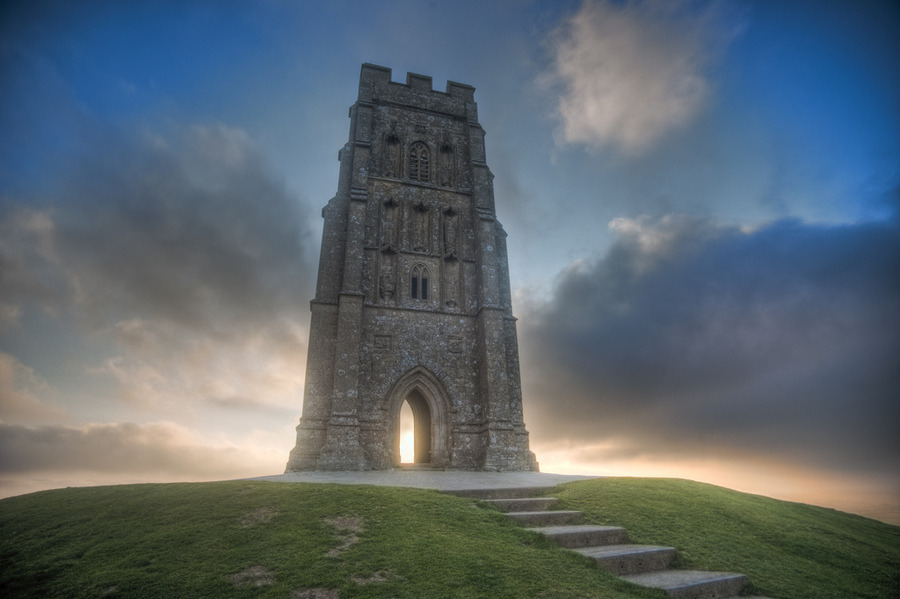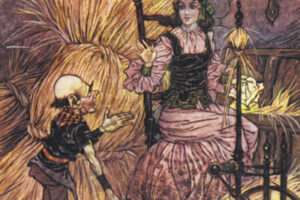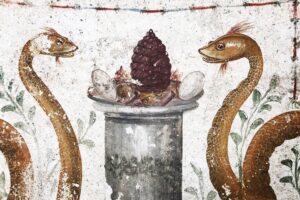
The summer solstice in the Avalonian tradition
The summer solstice in the Avalonian tradition
by Hasan Andrea Abou Saida
The summer solstice is traditionally celebrated during the annual cycle on 21 June. The ancient Celts called this day Litha and, in recent times, also Alban Heruin or ‘Light of the Shore’. In Celtic tradition, Litha is the longest day of the year, the triumph of light, the day when the Sun is at its highest power, but at the same time it represents the beginning of its decline. After this gateway to the year, the days will slowly begin to shorten until the day of Yule. Like Samhain, Litha is another day when the boundaries between the worlds become thinner, coming into contact and producing experiences in which the influence of the spirit world is strong. Litha is a celebration of full summer, warmth, growth, abundance, work and play, a time when we can receive the maximum of solar power. It is a time of cheerfulness, desires and rejoicing, but it is also a time when one must look within oneself for inner enlightenment. According to solstice traditions, various aromatic plants are harvested on Litha, which are placed under the pillow to encourage divinatory dreams, burned in the daytime bonfires or used for medicinal purposes, as herbs harvested on this day are believed to be imbued with miraculous virtues. Solstice herbs can also be kept as good luck charms. As it is traditional to burn nine logs in the Beltane fires, it is also customary to burn nine types of herbs in the Litha fire. The typical herbs for this day are: Hypericum, Rue, Vervain, Mistletoe, Lavender, Thyme, Fennel, Plantain and Mugwort. In addition, the element of water plays a fundamental and complementary role to the element of fire in solstice celebrations: the former symbolises the powers of the female divinities, the latter the male ones. Water in Litha is represented in the form of dew or also called ‘St John’s gush’, whose powers are miraculous.
On the island of Avalon, the priestesses who preside over this day and the entire summer period are the Naiads, one of the five families of the Avalonian Clan of priestesses. Through their appearance, the Naiads embody the divine attributes of the summer season: their hair is blond, they wear a tight-fitting white tunic and each Naiad has a glittering bracelet made of rushes intertwined with small mirrors on her wrist. The sense that distinguishes these priestesses is sight, and their natural element is Fire, as they are also called ‘Priestesses of the Sun’. The Naiads represent the feminine essence, physical beauty, perfection bordering on narcissism, elegance, care of the body, overwhelming passions and sensual charm. Their teaching is not directed towards inner wisdom as with other families, but rather they convey only this sense of outer beauty. The Naiads celebrate the summer solstice in the daytime, so that they can feel the warmth and power of the Sun: during the ceremony, the priestesses will invite the men they have seduced, such as visiting knights, in order to display them as conquered trophies, and they will be seen by the other priestesses and perceived as subdued by the seductive and solar power of the Naiads.
On the island of Avalon, the priestesses who preside over this day and the entire summer period are the Naiads, one of the five families of the Avalonian Clan of Priestesses. The Naiads, through their appearance, embody the divine attributes of the summer season: their hair is blond, they wear a tight-fitting white tunic and each Naiad has a glittering bracelet made of rushes intertwined with small mirrors on her wrist. The sense that distinguishes these priestesses is sight, and their natural element is Fire, as they are also called ‘Priestesses of the Sun’. The Naiads represent the feminine essence, physical beauty, perfection bordering on narcissism, elegance, care of the body, overwhelming passions and sensual charm. Their teaching is not directed towards inner wisdom as with other families, but rather they convey only this sense of outer beauty. The Naiads celebrate the summer solstice in the daytime, so that they can feel the warmth and power of the Sun: during the ceremony, the priestesses will invite the men they have seduced, such as visiting knights, in order to display them as conquered trophies, and they will be seen by the other priestesses and perceived as subdued by the seductive and solar power of the Naiads.
Bibliography
Un viaggio ad Avalon – Aindreas Fàél (2020). Sossano: Anguana Edizioni




